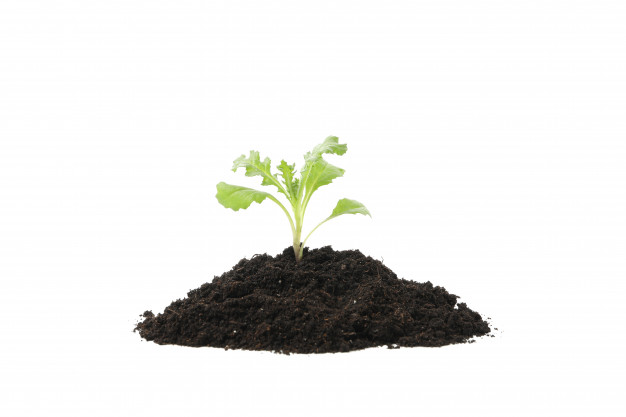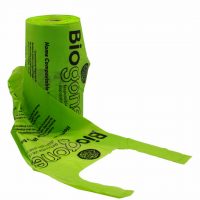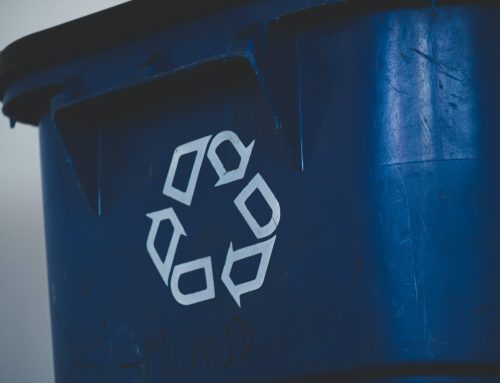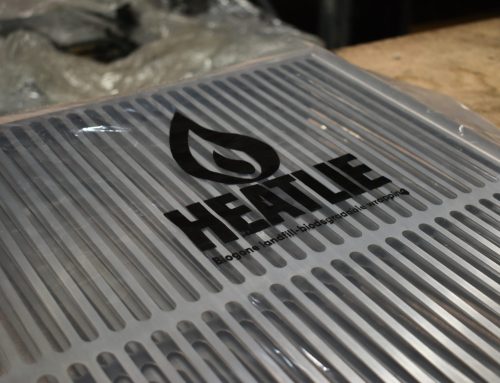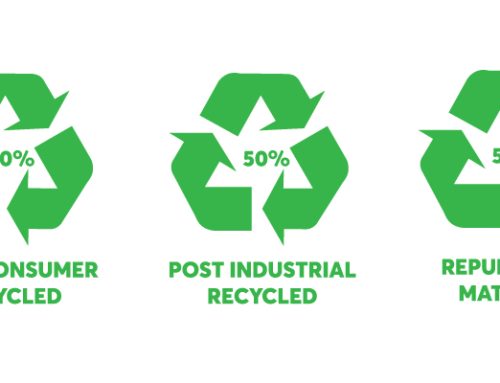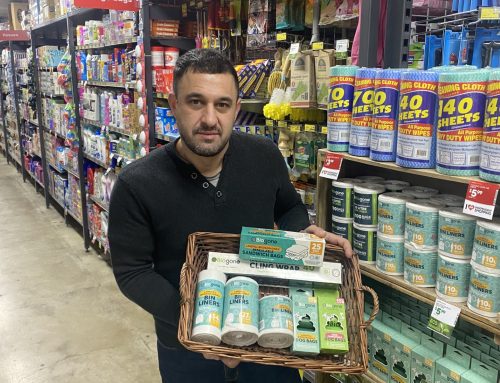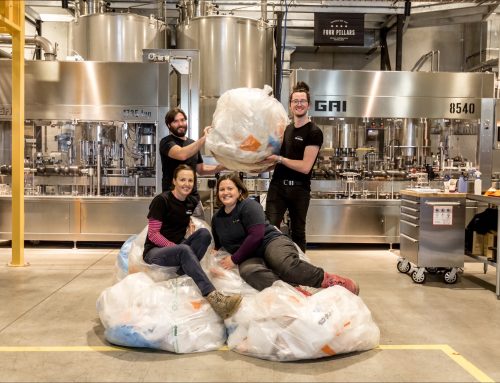There’s a lot of confusion in the community and online around the difference between home compostable and industrial compostable packaging. There is a difference that can have an important impact on the future of this kind of packaging and for our environment and the peak body concerned with packaging training and education, the Australian Institute of Packaging (AIP) wants to clear it up.
Firstly, compostable packaging originates as an organic substance, such as bamboo, paper or sugar cane. This packaging is classed as either:
1. packaging that will decompose in a home compost bin
2. packaging that requires disposal in an industrial compost facility to properly decompose.
What is home compostable?
Home composting occurs at a much lower temperature and over a longer time than industrial composting – usually about a year – whereas industrial composting may be complete in a matter of weeks. Everything that goes into making compostable packaging should break down and decompose into organic soil if it is labelled home compostable. This includes the ink, and glue, everything.
What does industrially compostable mean?
Industrial composting can deal with a broader range of compostable products and operates in a highly controlled setting with specific temperatures and conditions. Industrial composting is able to apply a far higher temperature to the already pre-processed packaging material. The high heat breaks the packaging down even further, hastening the decomposition.
What is compostable packaging?
Compostable packaging can biologically disintegrate and decompose in an industrial or commercial composting facility, and only there. The process has to be at set levels and within a defined time period.
When disposed of in an industrial composting facility, the packaging is treated with high temperatures that are more than 55 degrees, which is much higher than can be met in a backyard compost bin at home, or in a landfill. The higher heat levels encourage the material to break down into organic-rich soil. So it is different from home compostable packaging.
Australian standards for compostable packaging
To reach a compostable packing classification, the packaging must reach specific quality levels about its ecotoxicity, among other criteria.
The Australasian Bioplastics Association (ABA) is the governing body that provides and sets the standards for biodegradable packaging in Australia. If a packaging product is classified as compostable, it will have undergone strict testing by the ABA and will be accredited with the Australian Standard: AS 4736-2006.
This standard allows the product to be stamped with ‘seedling logo’ certification which is a system used throughout Australia and New Zealand. The logo and others allow consumers to clearly understand and identify packaging as compostable and biodegradable.
The Australian standards for home compostable packaging.
Australian Standard AS 5810-2010 covers home compostable packaging. The ABA Standard is for both individuals and companies wanting verification of their claims that their product conforms to biodegradable plastics suitable for home composting.
The Standard is endorsed by the ABA Home Composting logo which shows the packaging is easily recognisable.
Compostable packaging and the environment
True compostable packaging reduces the environmental impact at the packaging’s end-of-life stage if it is disposed of in an industrial composting facility.
However, in Australia, there are currently only 150 commercial or industrial composting facilities and most are away from cities. Due to this lack of industrial composting services, not all packaging consumers and businesses place in recycling bins end up in such a facility. Plus, not many consumers would have the time and flexibility to look for industrial composting facilities near their area and dispose of their compostable packaging responsibly – most compostable packaging products would simply end up in the garbage bin and landfills anyway.
Is compostable packaging good?
Until Australia’s compostable packaging and recycling facilities increase and improve, dealing with commercial compostable packaging the way it is meant to be disposed of is still a long time off. Using home compostable packaging allows people to compost it in their backyard, along with their vegetable scraps and fruit peels – or they can put it in the garbage bin where it will biodegrade in a landfill.
However, there is packaging available that is made with biodegradable plastic which will decompose if disposed to a landfill. Biogone recognises that the increasing use of disposable (single use) plastic items has caused a large problem of their disposal.
Regular plastic lasts for hundreds of years and has accumulated to such an extent that something has to be done. Knowing this, Biogone wants to make a change to help solve the problem. That’s why Biogone produces common disposable plastic items that will fully biodegrade over a few years in a landfill.
For more information on Biogone products, check out our video ‘Biogone Plastics Explained‘ or browse online to buy our products today.

